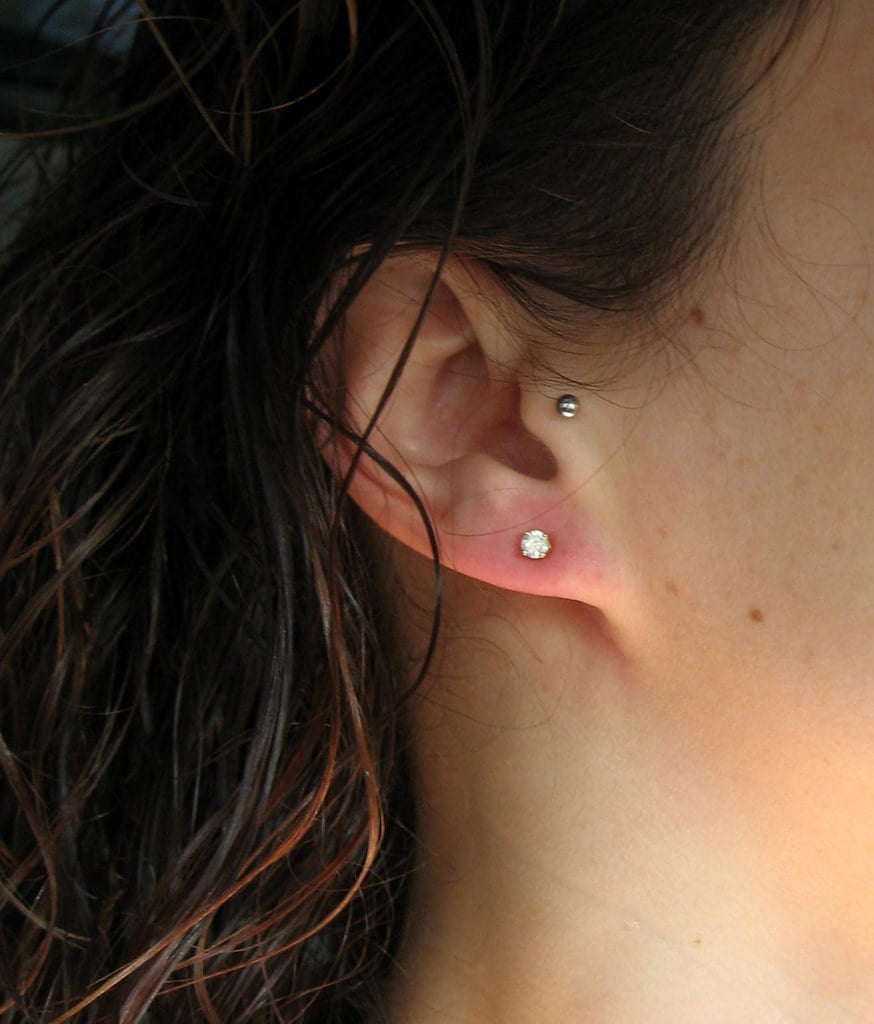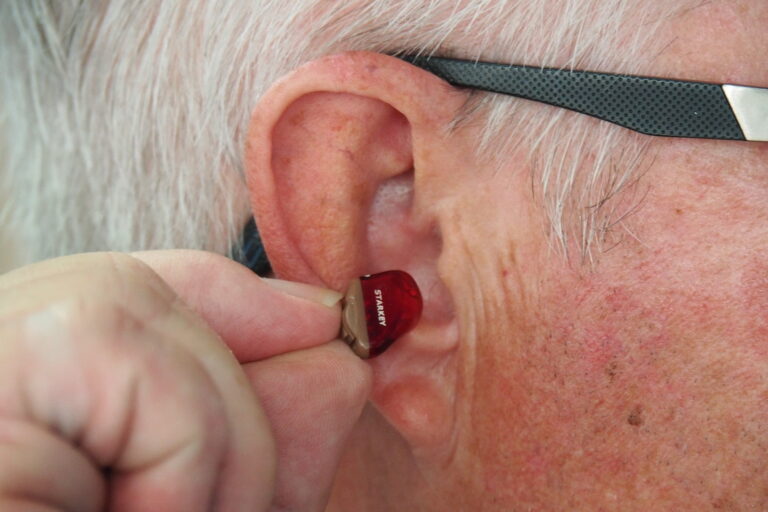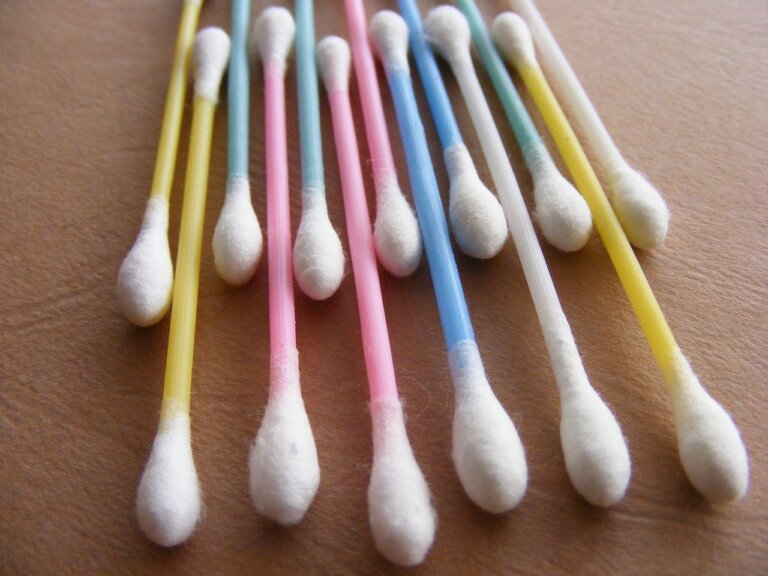Beyond the Surface: How Ear Wax Impacts Ear and Overall Health
Last Updated on 3rd May 2024 by Admin
Ear wax, also known as cerumen, is a natural substance produced by glands in the ear canal. Despite being commonly perceived as an annoyance or a sign of poor hygiene, ear wax plays a crucial role in maintaining ear and overall health. In this article, we will delve deeper into the importance of ear wax and its impact on our well-being.
What is Ear Wax?
Ear wax is a waxy substance produced by ceruminous glands in the ear canal. Its main purpose is to protect the ear canal by trapping dust, dirt, and other foreign particles, preventing them from reaching the delicate structures of the ear. Ear wax also acts as a lubricant, keeping the ear canal moisturized, thus preventing dryness and itching.
Ear wax is not just a random accumulation of substances; it is carefully composed to serve its purpose effectively. It consists of a mixture of secretions from ceruminous and sebaceous glands, dead skin cells, hair, and other debris. The specific composition of ear wax can vary from person to person and even throughout different stages of life. Factors such as genetics, age, and environment can influence the color and consistency of ear wax. It can range from light yellow to dark brown, and it can be soft and sticky or hard and dry.
The Importance of Ear Wax
- Protection: One of the primary functions of ear wax is to protect the ear canal and the eardrum. It acts as a barrier against bacteria, dust, insects, and other potentially harmful substances that can enter the ear. By trapping these particles, ear wax prevents them from reaching the delicate structures of the ear, reducing the risk of infections and other complications.
- Moisturization: The ear canal is lined with sensitive skin that requires proper moisture to stay healthy. Ear wax helps to keep the ear canal moisturized, preventing dryness and irritation. This is particularly important in arid environments or during dry seasons when the skin is more prone to dryness. Dry ear canals can lead to discomfort, itching, and increased susceptibility to infections.
- Self-Cleaning: The movement of the jaw during activities like chewing and talking helps to push the ear wax out of the ear canal, facilitating self-cleaning. This natural process helps to remove old ear wax and any trapped debris. Without this mechanism, the accumulation of ear wax could become excessive, leading to various complications.
- Sound Conduction: Surprisingly, ear wax, when present in normal amounts, does not hinder sound conduction. In fact, it can help to enhance sound quality by preventing excessive vibrations and reducing the risk of sound distortion. When the eardrum receives sound waves, the presence of ear wax can help to optimize the transmission of these waves, resulting in clearer and more accurate perception of sound.
Impact of Excessive Ear Wax
While ear wax is essential for maintaining ear health, an excessive buildup can lead to various problems. It is important to understand the potential complications that can arise from excessive ear wax:
- Impacted Ear Wax: When ear wax accumulates and hardens in the ear canal, it can cause blockages, leading to a condition known as impacted ear wax. This can occur when there is an overproduction of ear wax or when the natural self-cleaning mechanism is disrupted. Symptoms of impacted ear wax may include earache, hearing loss, tinnitus (ringing in the ears), dizziness, and a feeling of fullness in the ear. If left untreated, impacted ear wax can cause significant discomfort and even affect the overall quality of life.
- Infections: Excessive ear wax can create a favorable environment for the growth of bacteria and fungi, increasing the risk of ear infections. When the ear canal is blocked by an excessive buildup of wax, it becomes a breeding ground for microorganisms. These infections can cause pain, itchiness, discharge, and temporary hearing loss. It is important to note that ear infections can also occur in individuals with normal ear wax production, but the risk may be higher in those with excessive wax buildup.
- Hearing Loss: If ear wax buildup is not addressed promptly, it can lead to temporary or even permanent hearing loss. The impacted wax physically blocks the sound waves from reaching the eardrum, resulting in reduced hearing ability. This can be particularly concerning for individuals who rely on their hearing for communication, work, or daily activities. If you notice any changes in your hearing or experience symptoms like muffled sounds, it is crucial to seek professional help to address the issue promptly.
Managing Ear Wax Buildup
To maintain optimal ear hygiene and prevent complications associated with ear wax buildup, consider the following tips:
- Avoid Cotton Swabs: Contrary to popular belief, using cotton swabs to clean the ear canal can do more harm than good. It pushes the wax deeper into the canal and can even cause injury to the delicate structures of the ear. Instead, clean the outer part of the ear with a damp cloth. Remember, the ear has a self-cleaning mechanism, and excessive interference can disrupt this natural process.
- Let It Be: In most cases, ear wax naturally migrates out of the ear canal and falls out on its own. Therefore, it is advisable to let the ear wax be unless it causes discomfort or affects hearing. Regular showering or bathing can help in softening the wax, making it easier to come out. However, avoid using excessive force or inserting objects into the ear to remove the wax, as this can lead to complications.
- Seek Professional Help: If you experience symptoms of impacted ear wax or have concerns about your ear health, it is best to consult a healthcare professional. They can safely remove the excess wax using specialized tools or prescribe appropriate ear drops to soften the wax. Professional help is particularly important if you have a history of ear problems, ear surgeries, or a compromised immune system.
- Avoid Excessive Cleaning: Overcleaning the ears can disrupt the natural balance of ear wax production, leading to increased wax buildup. Therefore, it is important to avoid using excessive ear cleaning products or techniques unless recommended by a healthcare professional. Remember, the goal is to maintain a healthy amount of ear wax, not to completely eliminate it.
Conclusion
Ear wax, despite its reputation, is an essential component of ear and overall health. It acts as a protective barrier, provides moisture, and aids in maintaining optimal hearing. However, an excessive buildup of ear wax can lead to various issues, such as impacted wax and infections. By understanding the importance of ear wax and practicing proper ear hygiene, we can ensure the health and well-being of our ears for years to come. So, let’s embrace the role of ear wax in our body and give it the attention it deserves for our overall well-being.
FAQ
Q: What is the main purpose of ear wax?
A: The main purpose of ear wax is to protect the ear canal by trapping dust, dirt, and other foreign particles, preventing them from reaching the delicate structures of the ear.
Q: How does ear wax help with moisturization?
A: Ear wax helps to keep the ear canal moisturized, preventing dryness and itching. This is important in arid environments or during dry seasons when the skin is more prone to dryness.
Q: Does ear wax hinder sound conduction?
A: No, when present in normal amounts, ear wax does not hinder sound conduction. In fact, it can help enhance sound quality by preventing excessive vibrations and reducing the risk of sound distortion.
Q: What are the potential complications of excessive ear wax buildup?
A: Excessive ear wax buildup can lead to impacted ear wax, infections, and temporary or permanent hearing loss. It is important to seek professional help if experiencing symptoms or concerns.







